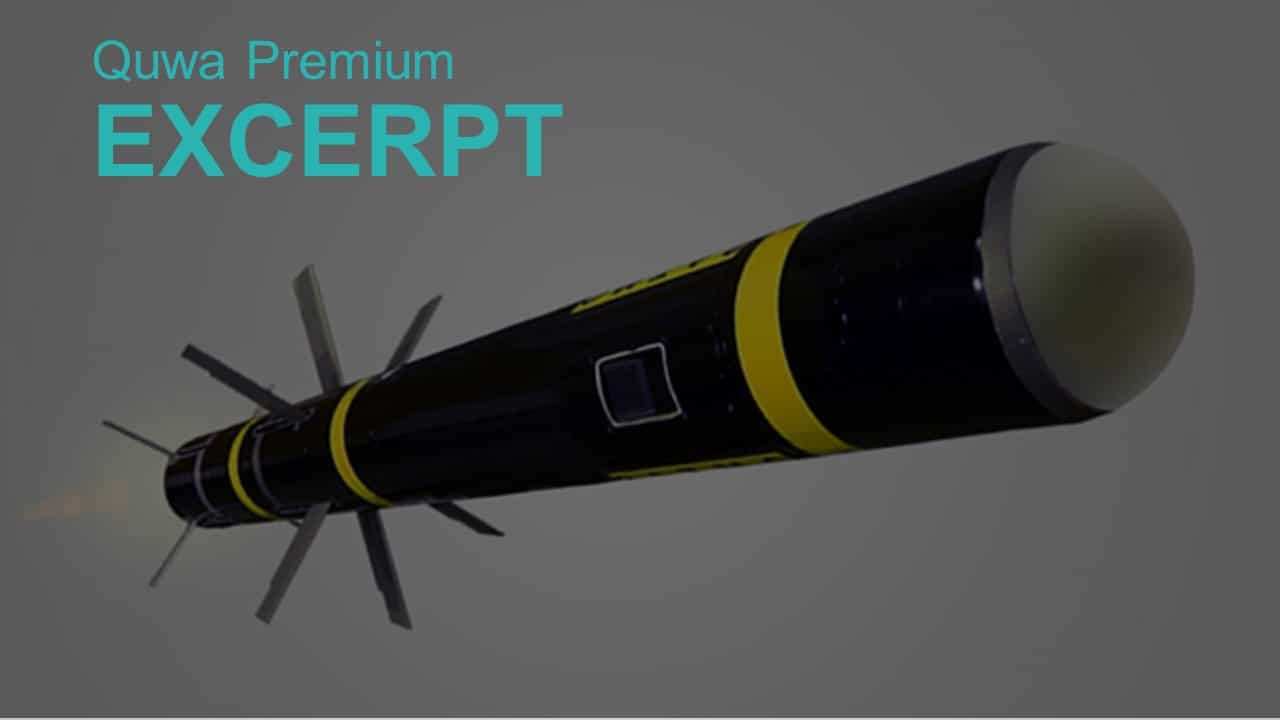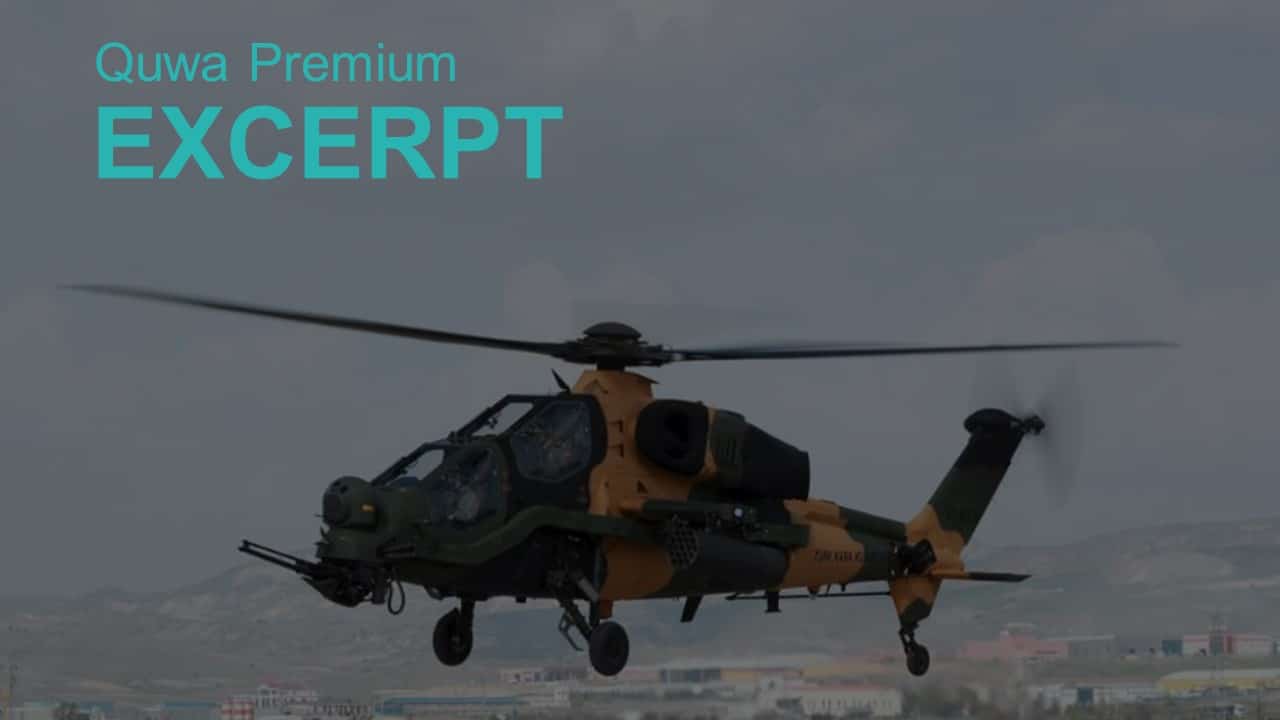2727Views

Why PAC Needs In-House Development of Flight Control Systems
Author Profile: Syed Aseem Ul Islam is PhD candidate at the University of Michigan, Ann Arbor, USA, specializing in adaptive and model-predictive flight control systems. He received his bachelor’s degree in aerospace engineering from the Institute of Space Technology, Islamabad, and his master’s degree in flight dynamics and control from the University of Michigan.
The JF-17 program has gone a long way in grooming the nascent Pakistani aerospace industry in a big way. The experience that has come with manufacturing large portions of a modern fourth-generation fighter jet has advanced the manufacturing and designing capabilities at Pakistan Aeronautical Complex (PAC) many folds.
It is on the success of this program that PAC hopes to embark on Project Azm: an all-encompassing program for the development of an aerospace industry in Pakistan, which includes the development of a fifth-generation fight aircraft (FGFA), a medium altitude long-endurance (MALE) unmanned aerial vehicle (UAV), munitions, and the required human resource and infrastructure for the development of these systems.
With these lofty goals in mind there is a pressing need for the development of specialist human resource and infrastructure in key areas, which is something that PAC is acutely aware of.
PAC’s website lists the following institutes that can be assumed to reflect the key areas for human resource and infrastructure development for Project Azm:
- Aviation Design Institute (AvDI),
- Mission Electronics Design Institute (MEDI),
- Aero Structures Design Institute (ASDI),
- Advanced Technologies Centre (ATC),
- and Flight Test Centre (FTC).
An institute dedicated to aircraft structures is present, but an institute called the Flight Dynamics and Control Institute (FDCI) is absent.
Reading through the details of each of the institutes gives the impression that little or no emphasis has been put on the crucial technology of flight dynamics and control systems design.
Major fighter-jet producers such as Boeing and Lockheed Martin have extensive flight dynamics and control groups and invest heavily in flight dynamics and control technologies and human resource. The lack of emphasis on this key technology in the institutional breakup for Project Azm, is thus, concerning.
This article details why flight dynamics and control systems are crucial technologies for any program that hopes to develop a fifth-generation fighter aircraft (FGFA), such as Project Azm.
It is important to contextualize the discussion and begin by discussing the current environment and state-of-the-art of flight dynamics and control systems in Pakistan. Examining the development of various existing defense products and the general focus of academic research can lead to some insights.
Even though there are key ways in which flight-control systems of UAVs and cruise missiles differ from those for fighter jets, Pakistan has a very successful cruise-missile program in the shape of Babur, Ra’ad, and Harbah, and a UAV program in the shape of Shahpar and Burraq.
Unfortunately, given the secretive and compartmentalized nature of strategic organizations, there is little or no horizontal sharing of this expertise across organizations.
Consequently, successes in one project cannot be automatically converted to success in another, and small groups of experts can easily be disrupted with retirements, transfers, and resignations. This is on top of the fact that fighter-aircraft flight-control systems are many folds more complicated than those needed for cruise missiles and contemporary UAVs that fly predetermined flight-paths and missions.
Another indicator of the importance given to flight dynamics and control systems in the engineering ecosystem of a country is the realm of academic research.
Aerospace and its allied programs (mechanical, avionics, electrical, materials) are taught by faculties that seem to be heavily underrepresented in the field of control systems.
A look at the websites of NUST, IST, GIKI, Air University, and PIEAS shows that there are few or no faculty members with expertise in control systems. There are numerous experts in structures, propulsion, aerodynamics, radars, electronics, materials, and imaging but very few that specialize in control systems technology. This reflects a lack of focus on teaching control systems and a dearth of experts in the field.
This has a long-term effect on the kind of human resource available to PAC, which will invariably limit PAC’s ability to run a successful FGFA program…
End of Excerpt (682/2,604 words)
You can read the complete article by logging in (click here) or subscribing to Quwa Premium (click here).
Get all of the information available on Pakistan’s drone and next-generation fighter programs (Project Azm):


